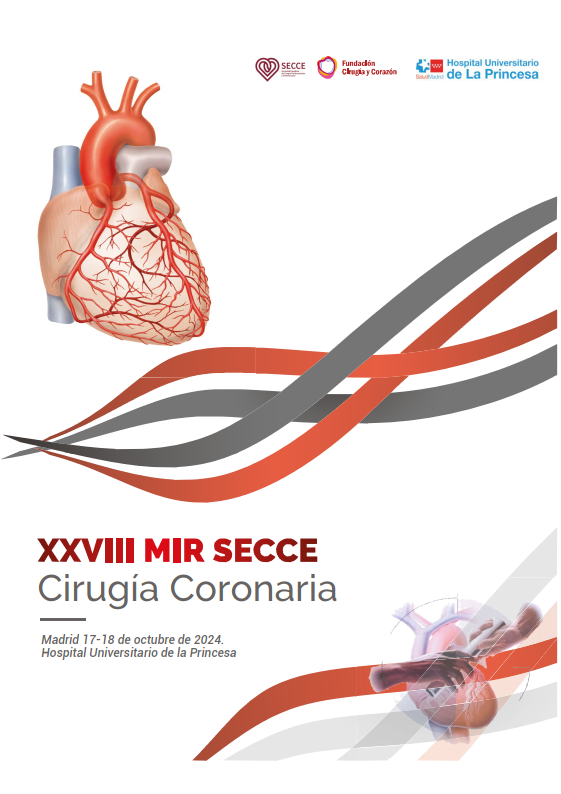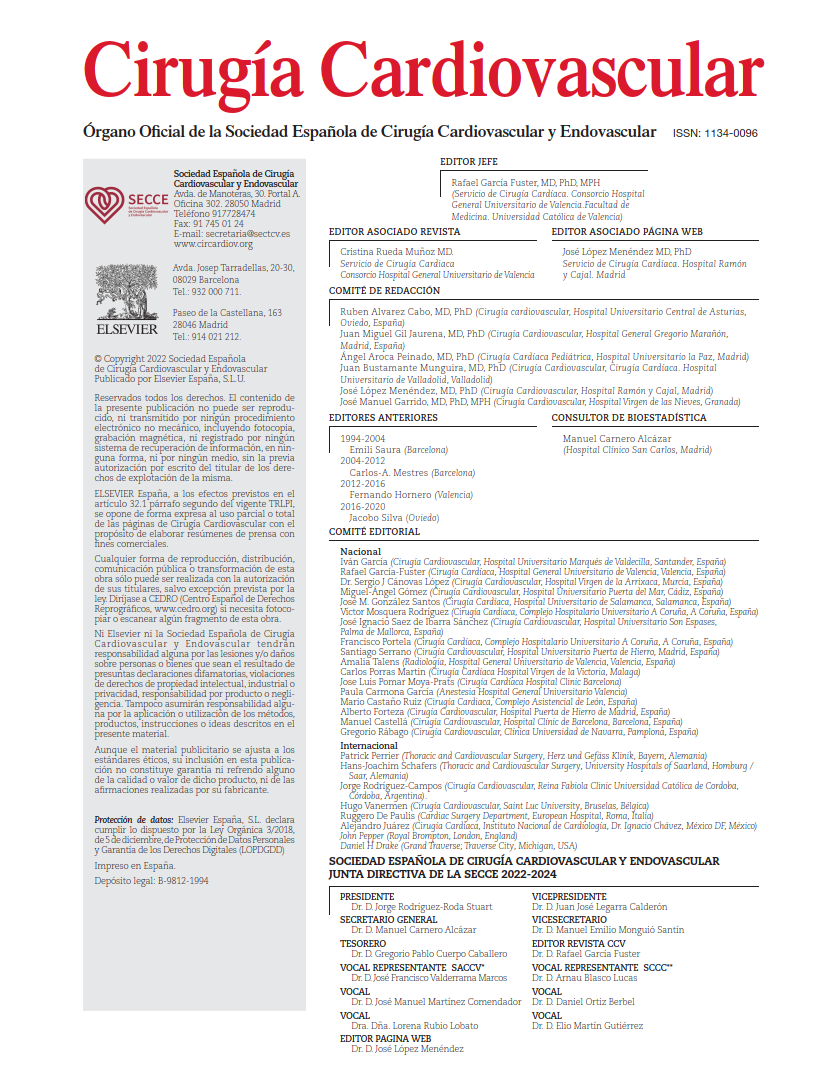Mechanical circulatory support (MCS) has become a cornerstone in the management of cardiogenic shock in adult populations. Devices such as the microaxial flow pump Impella® (Abiomed®) have emerged as established options for temporary support, particularly during high-risk procedures or as a bridge to definitive therapeutic decisions. However, the experience in pediatric cohorts remains limited to isolated case reports or small, heterogeneous retrospective studies.
In children, standard strategies for cardiogenic shock or low cardiac output syndrome typically include venoarterial extracorporeal life support (va-ECLS) or ventricular assist devices (VADs) such as the Berlin Heart Excor® or HeartMate 3®. These approaches, while effective, involve invasive procedures, significant surgical risks, prolonged intensive care unit (ICU) stays, and limitations in patient mobility.
Given its less invasive design and the requirement for a single arterial access, the Impella® may represent a valuable alternative for selected pediatric subgroups—particularly those with multiple prior sternotomies or candidates for heart transplantation—by avoiding more aggressive surgical interventions.
This study includes six patients under the age of 18 treated between August 2022 and March 2024 at the Deutsches Herzzentrum der Charité. Patient age ranged from 3 to 17 years, with body weights from 12 to 115 kg and body surface areas between 0.57 and 2.4 m². All patients presented with cardiogenic shock classified as INTERMACS level 2 or 3. Etiologies of heart failure included dilated cardiomyopathy, acute rejection after heart transplantation, fulminant myocarditis, and postoperative low output syndrome following surgery for endocarditis.
Device selection (Impella 2.5, CP, or 5.5®) was based on patient body surface area. All implants were performed surgically using axillary grafts, thereby avoiding femoral access and reducing the risk of distal limb ischemia. Duration of support ranged from 4 to 45 days (median 7 days), with daily echocardiographic monitoring to optimize positioning and guide weaning. Events analyzed included in-hospital mortality, bleeding, neurological complications, hemolysis, and infections at the implantation site or device-related sepsis.
Clinical outcomes were notably encouraging. Two patients achieved full ventricular recovery and were successfully weaned from support. Three underwent transition to long-term left ventricular assist devices (HeartMate 3®), allowing outpatient waiting for transplantation. The sixth patient was transplanted directly after 45 days on Impella® support.
Safety-related events were minimal. No in-hospital deaths, neurological complications, or upper limb ischemia were reported. One patient developed major hemolysis without associated organ dysfunction, and another experienced an axillary graft infection post-transplant, resolved without sequelae. These figures are comparable or even favorable when measured against adult cohorts.
COMMENTARY:
This study provides a meaningful contribution to the emerging body of evidence regarding the use of Impella® in pediatric and adolescent patients. Despite the limited cohort size, it demonstrates that the device may represent a viable solution in complex clinical scenarios—as a bridge to decision-making, recovery, ventricular assist device, or transplantation. One of the most valuable aspects of this series lies in the individualized treatment approach, with decisions made by interdisciplinary teams considering not only hemodynamic parameters but also functional prognosis, surgical history, and organ availability for transplantation.
One particular case warrants attention: an adolescent with considerable body size did not achieve clinical stabilization with the Impella 5.5® due to high metabolic demands and frequent arrhythmias. This experience highlights the current limitations of the device in scenarios of elevated hemodynamic requirements and suggests that body size alone should not be the sole selection criterion.
The surgical advantage of axillary access implantation is also noteworthy, minimizing ischemic complications, facilitating patient mobilization, and avoiding re-sternotomy. This technique could serve as a foundation for establishing a standardized pediatric implantation protocol and contrasts with more traditional femoral approaches, which are less safe in this population.
In conclusion, this initial experience with Impella® in pediatric patients—albeit limited—demonstrates that its use is technically feasible, clinically safe, and potentially effective in carefully selected cases. This strategy may represent a genuine alternative to conventional extracorporeal support and could redefine the management of pediatric cardiogenic shock, especially as a bridge to more definitive therapies. Its broader implementation will depend on further technological development and the strengthening of clinical evidence in pediatric populations.
REFERENCE:
Kuschnerus K, Potapov E, Lanmüller P, Starck C, Cho MY, Photiadis J. First results of the ‘Deutsches Herzzentrum der Charite’ paediatric impella cohort. Eur J Cardiothorac Surg. 2025 May 6;67(5):ezaf019. doi: 10.1093/ejcts/ezaf019.



